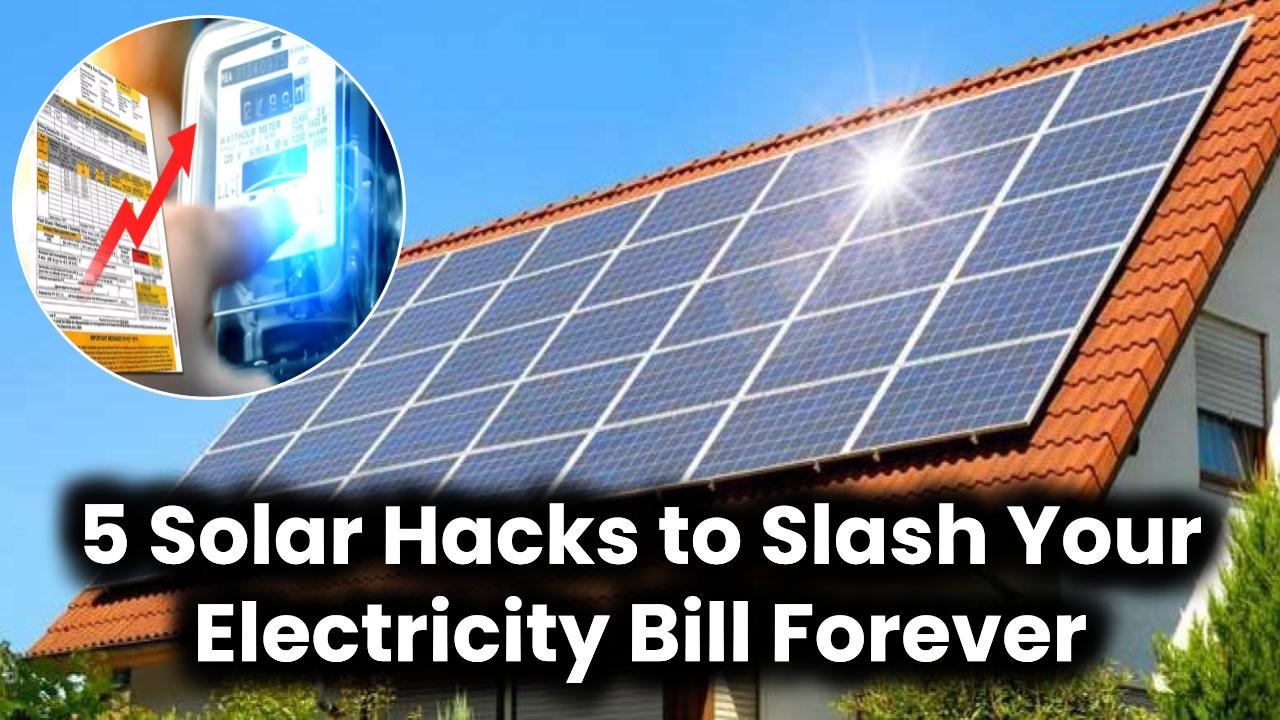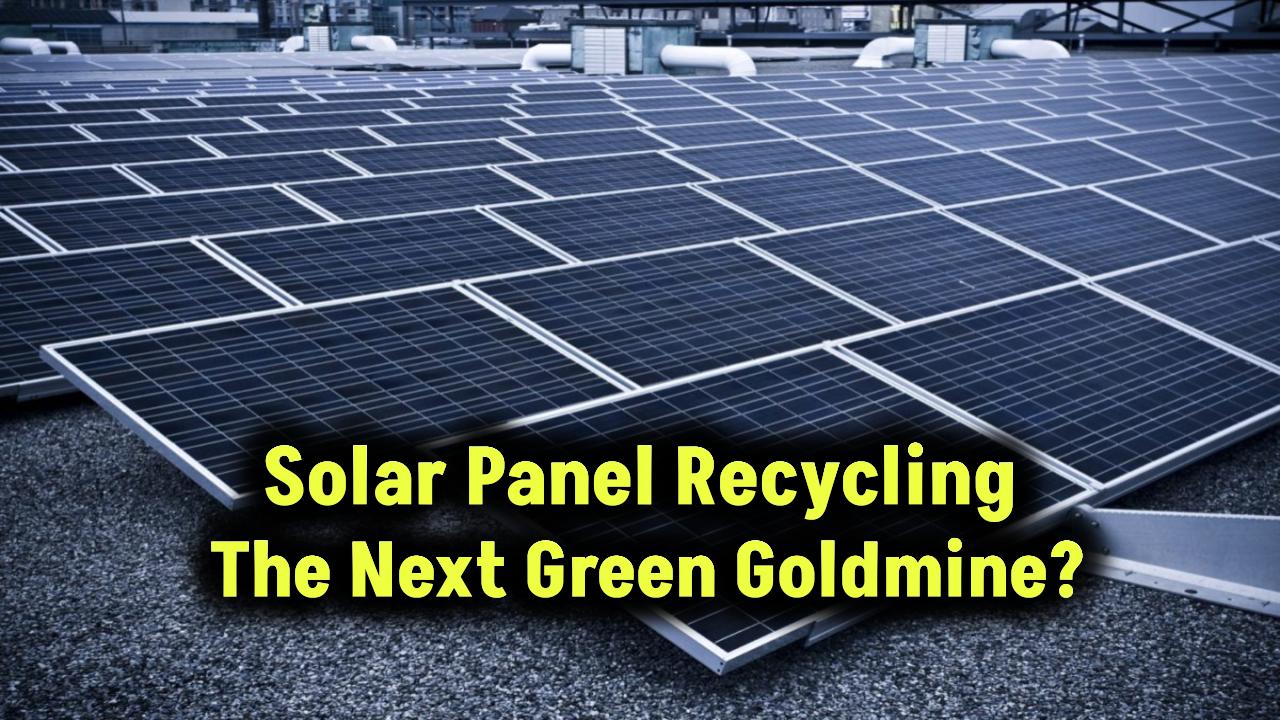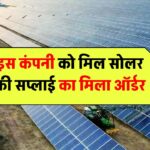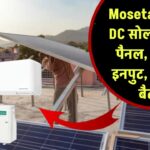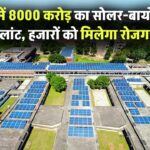
The solar power sector in Europe is undergoing a dramatic shift—solar panel prices are falling fast, but the growth in installations isn’t keeping pace. This paradox is reshaping how governments, businesses, and homeowners approach renewable energy investments. As panel costs plummet, opportunities emerge—but so do unexpected challenges.
In this article, we explore why solar panel prices are declining in Europe, what that means for the clean energy transition, and how various stakeholders can capitalize on this shift while mitigating risks.
Also Check: Inflation Reduction Act 2025: Impact on the U.S. Solar Industry
Why Are Solar Panel Prices Falling in Europe?
Global Supply Chain Surge
One of the biggest reasons behind falling solar panel prices is oversupply in the global market, particularly driven by Chinese manufacturers. With aggressive production targets and cost-cutting efficiencies, China has flooded the global market with cheaper, high-efficiency panels.
European suppliers have struggled to compete, leading to a rapid price drop across the continent.
- In 2024, crystalline silicon panels—the most commonly used type—saw prices fall to €0.20/W, a record low.
- This price trend isn’t unique to Europe. Globally, panel prices are at their lowest in more than a decade.
Manufacturing Cost Reductions
Improvements in automation, material efficiency, and panel efficiency have reduced the cost of production.
- Newer technologies like TOPCon (Tunnel Oxide Passivated Contact) and HJT (Heterojunction Technology) are delivering better efficiency at lower cost.
How Are Falling Prices Creating Opportunities?
Solar Becomes More Affordable for Everyone
With lower prices, residential and commercial users can now afford solar like never before.
Example: A 5kW rooftop solar system that used to cost €7,500 may now cost as little as €5,000 or less. For many families, that’s a game changer.
Shorter Payback Periods
Because initial costs are down, the time it takes for users to recover their investment (known as the payback period) is also shrinking.
In southern Europe, where sun exposure is higher, payback periods can now fall to as low as 5 years—compared to 10+ years just a few years ago.
Better ROI for Businesses
Companies investing in solar to reduce operational costs are seeing higher return on investment (ROI) thanks to declining panel costs.
Plus, government incentives, like feed-in tariffs or tax breaks, remain in place in many regions, making investment more appealing.
The Hidden Challenges Behind Lower Prices
Slower Growth Despite Falling Costs
Oddly, despite cheaper panels, installation rates have not accelerated.
According to Reuters, EU solar capacity growth slowed to just 4% in 2024, compared to 18% in 2022. Why?
Investors Are Holding Back
Investors often interpret falling prices as a volatile market, causing hesitation. When capital expenditure falls due to cheaper components, it paradoxically leads to lower overall investments. In 2024, EU solar investment dropped by 13%, totaling €55 billion.
Power Grids Can’t Keep Up
Another major bottleneck is infrastructure. Many European countries still operate on power grids not designed to handle intermittent sources like solar and wind.
When too much solar energy floods the grid, especially during low demand periods, negative electricity prices can occur—meaning producers pay to push power to the grid.
Also Check: Grid Stability Challenges Amidst Europe’s Renewable Energy Transition
Energy Storage
Why Storage Is Crucial Now
With more solar energy being generated than the grid can absorb, battery storage is now a must-have. It allows solar users to:
- Store excess energy generated during peak sun hours
- Avoid selling electricity at loss during negative pricing hours
- Use stored energy during night or cloudy weather
European Storage Push
The EU has recognized this gap. Through programs like the REPowerEU plan, funding is being directed toward:
- Grid modernization
- Residential and utility-scale battery storage
- Cross-border electricity interconnection
What Should Policymakers and Industry Players Do?
A 4-Point Strategy to Navigate This Market Shift
1. Invest in Grid Modernization
Policymakers need to fast-track smart grid upgrades to accommodate higher solar penetration. Smart meters, real-time monitoring, and better forecasting can reduce energy waste and outages.
2. Encourage Domestic Manufacturing
To reduce reliance on Chinese imports and strengthen local supply chains, governments can incentivize European solar manufacturing, including:
- R&D for next-gen panels
- Tax incentives for solar factories
- Green energy investment zones
3. Promote Energy Storage Solutions
Subsidizing home batteries and industrial storage will help balance the grid and increase renewable usage reliability.
4. Stabilize Policy Frameworks
Long-term policy certainty is vital to attract investors. Sudden changes to tariffs or subsidies often create uncertainty.
(FAQs)
Q1: Why are solar panel prices dropping so fast in Europe?
A1: It’s due to oversupply from China, improved technologies, and lower material costs. Global competition is driving prices down.
Q2: Should I install solar panels now or wait?
A2: Now is a great time. Prices are low, and with shorter payback periods, you’ll likely see faster returns. Plus, many government subsidies are still active.
Q3: Is battery storage necessary for residential solar?
A3: Not required, but highly recommended—especially in areas with grid issues or variable electricity rates.
Q4: Can falling solar prices hurt European manufacturers?
A4: Yes. Domestic manufacturers face stiff competition and reduced margins. Support via policy and innovation is essential.
Q5: Will grid upgrades happen fast enough?
A5: That’s the key challenge. Without urgent investment, the solar boom could stall due to infrastructure constraints.
Also Check: Europe’s Solar Power Surge: Adding 70 GW Capacity in 2025

